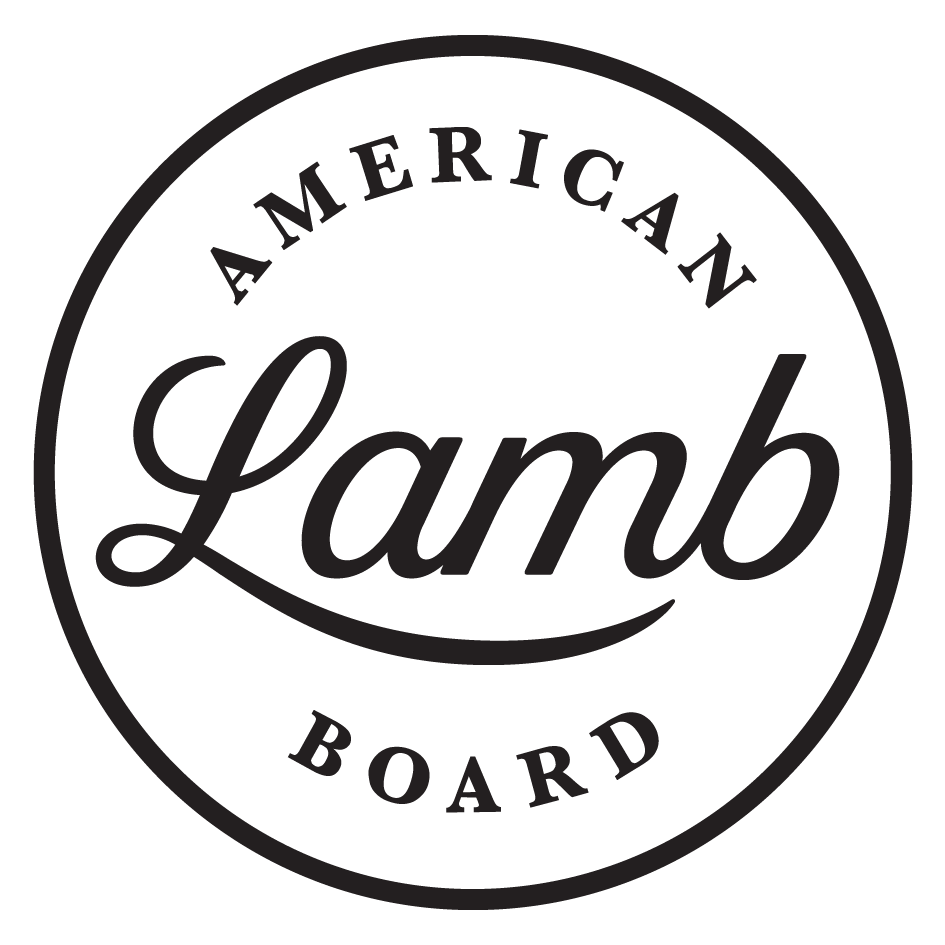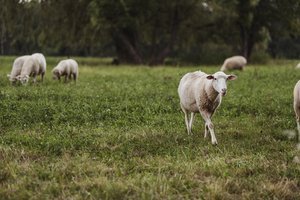American Lamb Industry Evaluates Carbon Footprint
The American Lamb Board (ALB) is working with Michigan State University (MSU) to evaluate the environmental footprint of the U.S. sheep industry in order to have accurate and robust data to contribute to this important issue. The initial focus of the study defines a comprehensive model of greenhouse gas (GHG) emissions for the diverse array of U.S. sheep production systems such as range, farm flock, pasture, intensive and feedlot. MSU will conduct a partial life cycle analysis of lamb production in these types of operations to quantify GHG emissions.
Environmental concerns about livestock production have gained traction and the American Lamb industry entered the spotlight when a 2011 Environmental Working Group Study characterized lamb as one of the largest contributors of GHG emissions. The study’s outcomes are still cited at influential conferences and in the media.
"It is extremely important for our industry to identify and evaluate our role in GHG emissions," said ALB Chairman Peter Comino, Buffalo, WY. "Accurate data is the basis for improvement strategies and providing factual information to consumers and the media."
At the recent American Sheep Industry Convention, Dr. Richard Ehrhardt provided an informative presentation updating the industry on the progress of the study. MSU has collected the data and will now work on defining environmental improvement strategies that are the most feasible and impactful for sheep producers to implement according to their particular production system. A blueprint for producer education strategies to address these priorities will wrap up the project. For a copy of Dr. Ehrhardt’s presentation email rae@americanlamb.com.
ALB is an industry-funded national research, promotion and information checkoff program that works on behalf of all American producers, feeders, seedstock producers, direct marketers and processors to build awareness and demand for American Lamb. ALB conducts promotion and research programs with the goal of creating greater demand and profitability for the entire industry. One of its long-term goals is to collaborate and communicate with industry partners and stakeholders to expand efforts to grow, promote, improve and support American Lamb.

